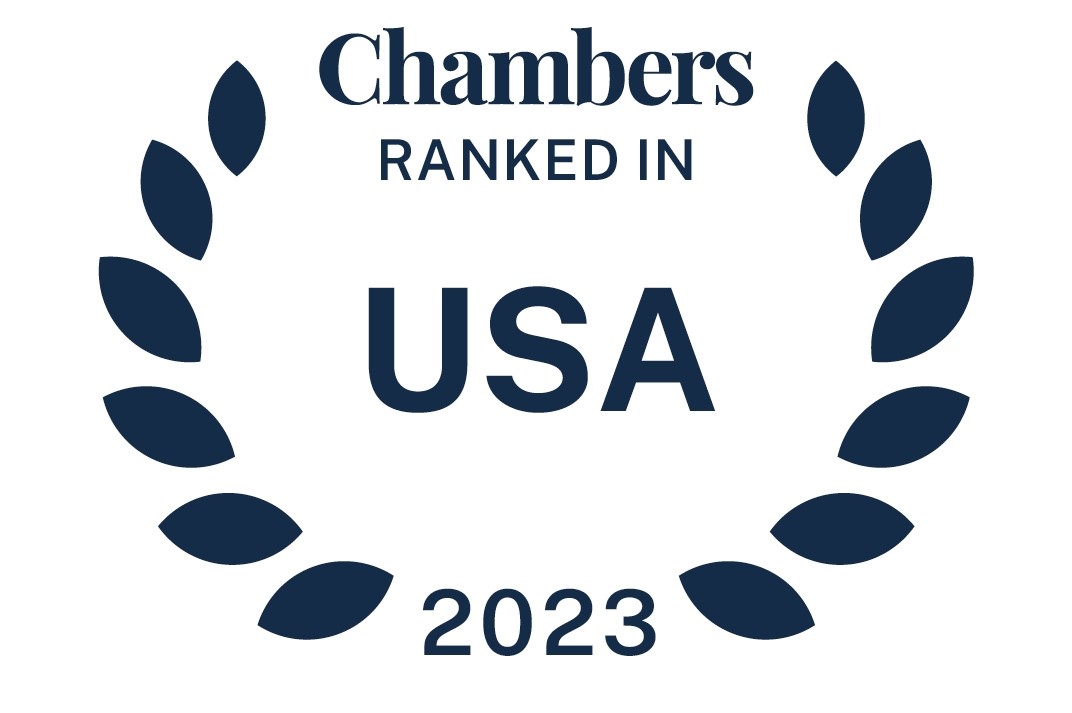In the aftermath of the US Supreme Court’s decision to overturn Roe v. Wade, legal experts say health systems and providers must immediately review their operations and prepare for potential enforcement by state prosecutors. According to this article published in Fierce Healthcare, McDermott Partner Stacey Callaghan said organizations should consult with counsel “as soon as possible” to ensure they understand the new post-Roe landscape.
read more

 Subscribe
Subscribe



